GUIDE TO CHOOSING TABLE TENNIS BALLS

Table tennis balls are an absolute necessity in the sport. While a small plastic ball may seem very simple, there are still differences between different types of ball and what they may be used for. This guide will help you understand the differences of a product, which on its surface, looks the same. To progress, we will outline the environment you are looking to purchase table tennis balls for and present some options for you to consider.
CHANGES TO TABLE TENNIS BALLS
There has been two significant changes to table tennis balls over the past 20 years. In 2000, the size of the ball was increased from 38mm to 40mm. The size was increased to make it more appealing to spectators. The larger ball is slower and spins less, which in theory should mean longer rallies, but I’m not sure this has ever been proven.
Then in 2014/2015, the material used to make table tennis balls changed from celluloid to a non-flammable plastic (often referred as “plastic balls”, “poly balls” or “40+ balls”). These balls are a tiny bit bigger than the 40mm celluloid balls, but the main difference is the type of material they are made from.
At first the quality of the new plastic balls was very poor, which led to quite a lot of frustration and anger in the table tennis community. But over the past five years, the quality of the new plastic balls has improved a lot, especially with the latest ABS material.
There was a lot of concern that the new plastic ball would have a big impact on the game. But this hasn’t really happened. Professionals are still playing in the same attacking way. At the amateur level, I don’t think most players have noticed much of a difference at all.

COMPETITION BALLS
If you are playing table tennis competitively (or are aspiring to do so), then you should definitely be using the new plastic table tennis balls. The easiest way to identify if you are using the new plastic balls is that it will have “40+” printed on the ball. The + symbol indicates it is the new size. If your ball just says 40 or 40mm, without the + symbol, it will most likely be the old celluloid ball. So make sure the balls you buy have the 40+ symbol.
WHAT IS A TABLE TENNIS BALL MADE FROM?
Traditionally, table tennis balls were made from a material called celluloid, a transparent plastic. However, the manufacturing process for celluloid was very dangerous due to its inflammable nature and as a result, the ITTF changed its rules in 2014 so all balls were made of plastic free of celluloid.
All other national table tennis associations then began adopting this rule change, so that all balls in world table tennis were using these celluloid-free new plastic balls. Rules from the ITTF now state that ‘the ball shall be made of plastic material and shall be white or orange, and matt.’
The use of plastic balls has changed the game of table tennis over the years. Plastic balls tend to bounce much higher than the old celluloid balls and travel at a much greater speed through the air. This suits players who play a fast attack game and don’t look to put as much spin on the ball. The new plastic balls don’t spin as much either, so defensive players who use backspin in their shots have struggled, as well as some attacking players who use top spin shots.
WHAT DO THE STARS ON TABLE TENNIS BALLS MEAN?
All table tennis balls will have a star rating from one star up to three stars. This represents the overall quality of the ball, with one star representing a lower quality ball and three stars being the highest quality ball. Whilst each ball may look the same, the number of stars denote the key differences between each table tennis ball. This section will explain these differences in performance between each star rating and the skill level each star rating is most suitable for, so you know exactly which balls to look out for.

1-Star Table Tennis Balls
The lowest quality of the three types of ball, 1-star table tennis balls are the best options for beginners and for recreational use. They are slower through the air and don’t bounce off the table as high, making it easier for a lower-level player to react and return the ball. Whilst some spin can be applied to the ball, it isn’t as much the 3-star balls. The best players may still use 1-star ping pong balls, but this will only be for multi-ball training drills. These balls are also known for being less durable, but the overall cost is lower and compensates for the ball not being as longer lasting.
2-Star Table Tennis Balls
2-star table tennis balls are used more commonly in recreational matches and are perfect for intermediate players who are looking to further develop their game. Despite still not being used in top level competitions the balls are higher quality, offer greater bounce and can help intermediate players develop their spin control in order to help them win more points in matches. Like 1-star balls, top level players may buy these balls in bulk to use for multi-ball practice.
3-Star Table Tennis Balls
3-star table tennis balls are the ideal option for advanced level players looking to get to the highest level. ITTF approved, 3-star ping pong balls are used at tournament level, including the Olympics. They offer the best, most consistent bounce off the table and fastest speed through the air, leading to thrilling, fast-paced rallies at the top end of the sport mixed with finesse from the increased levels of spin. The plastic structure gives 3-star balls the greatest durability out of all the table tennis ball types, making it the most reliable option for training and matches for pro-level players.


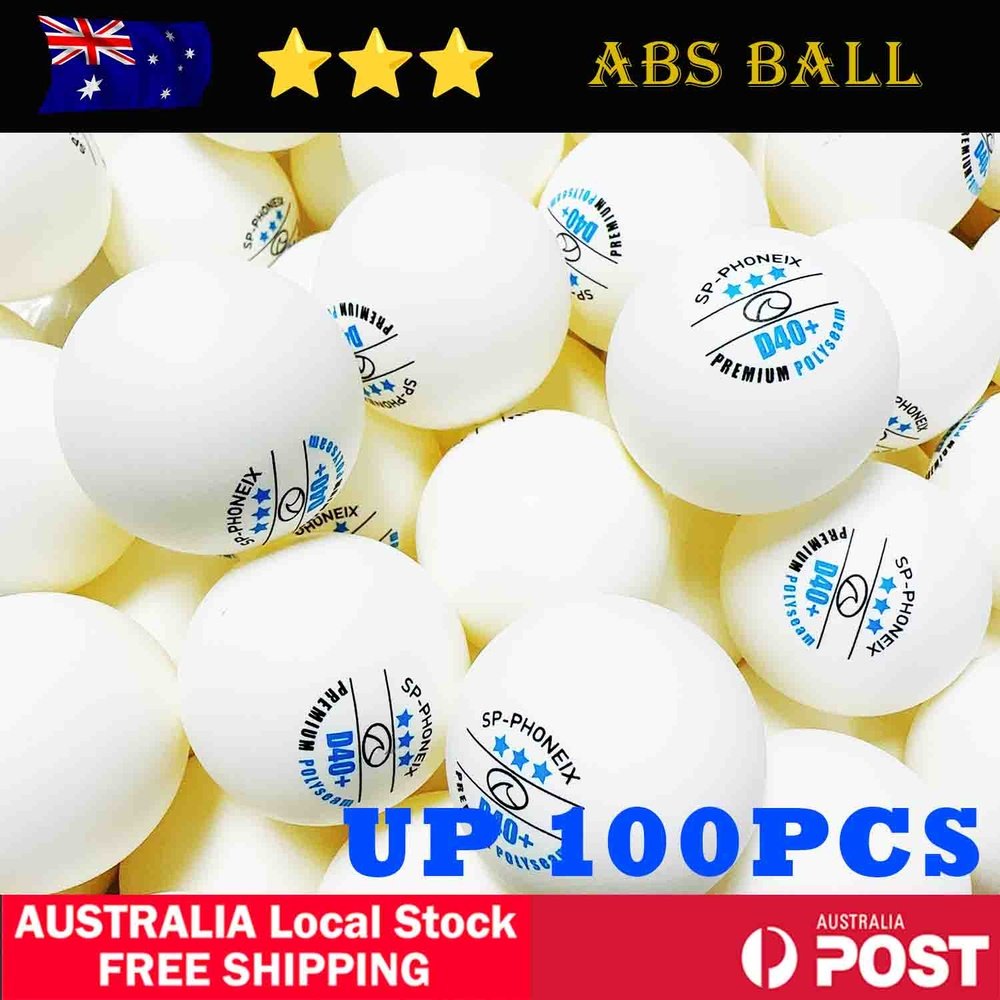
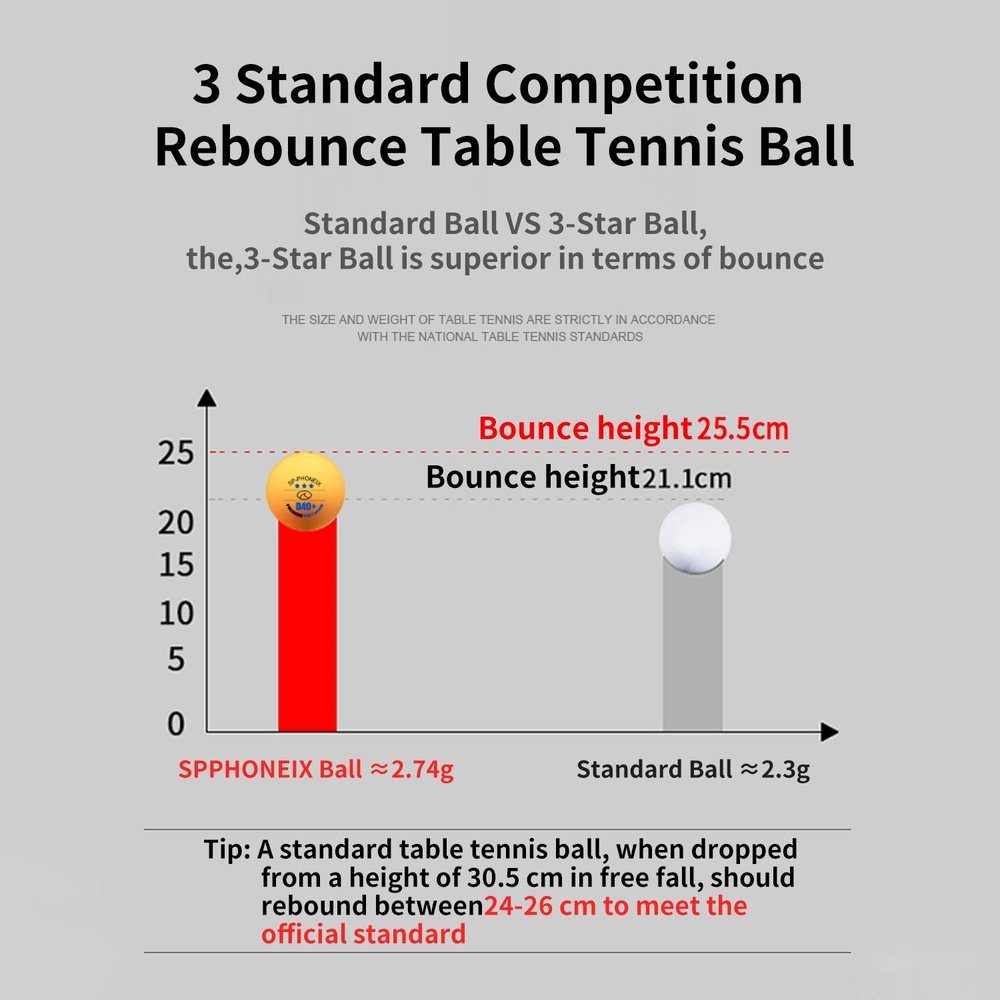
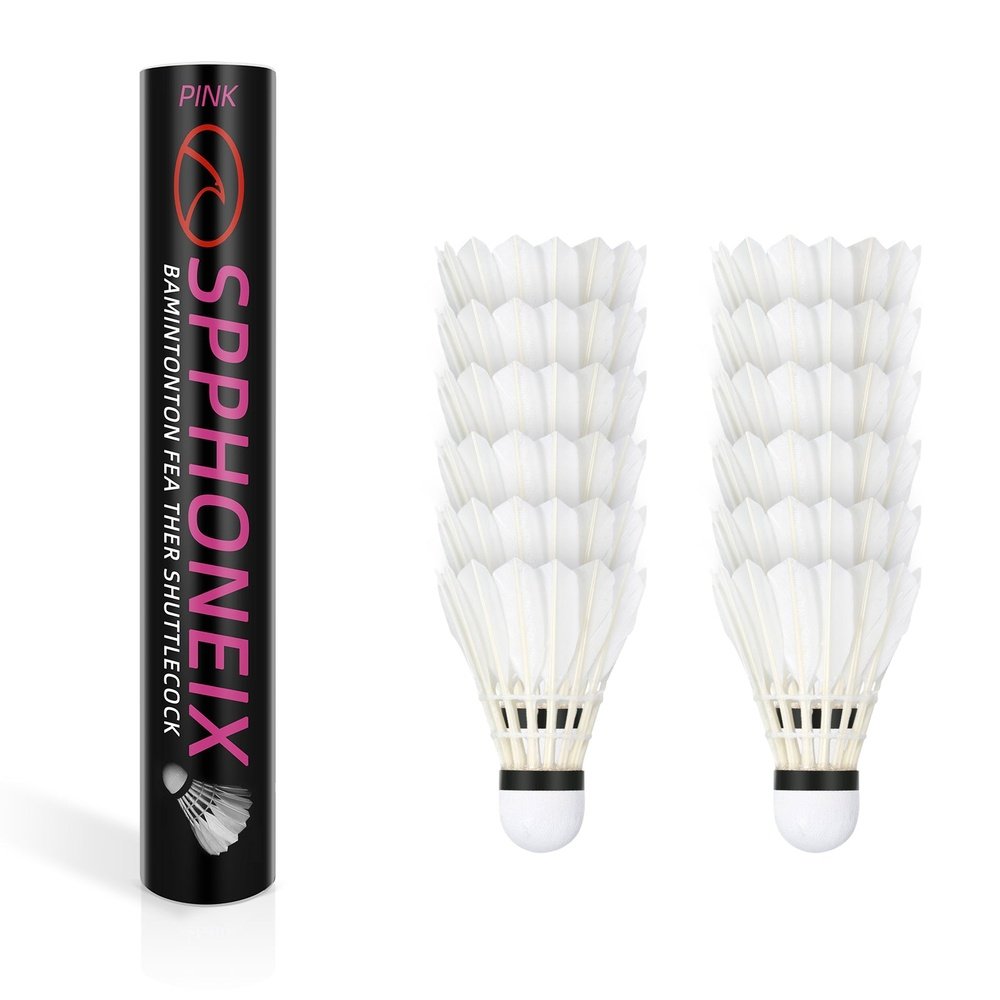
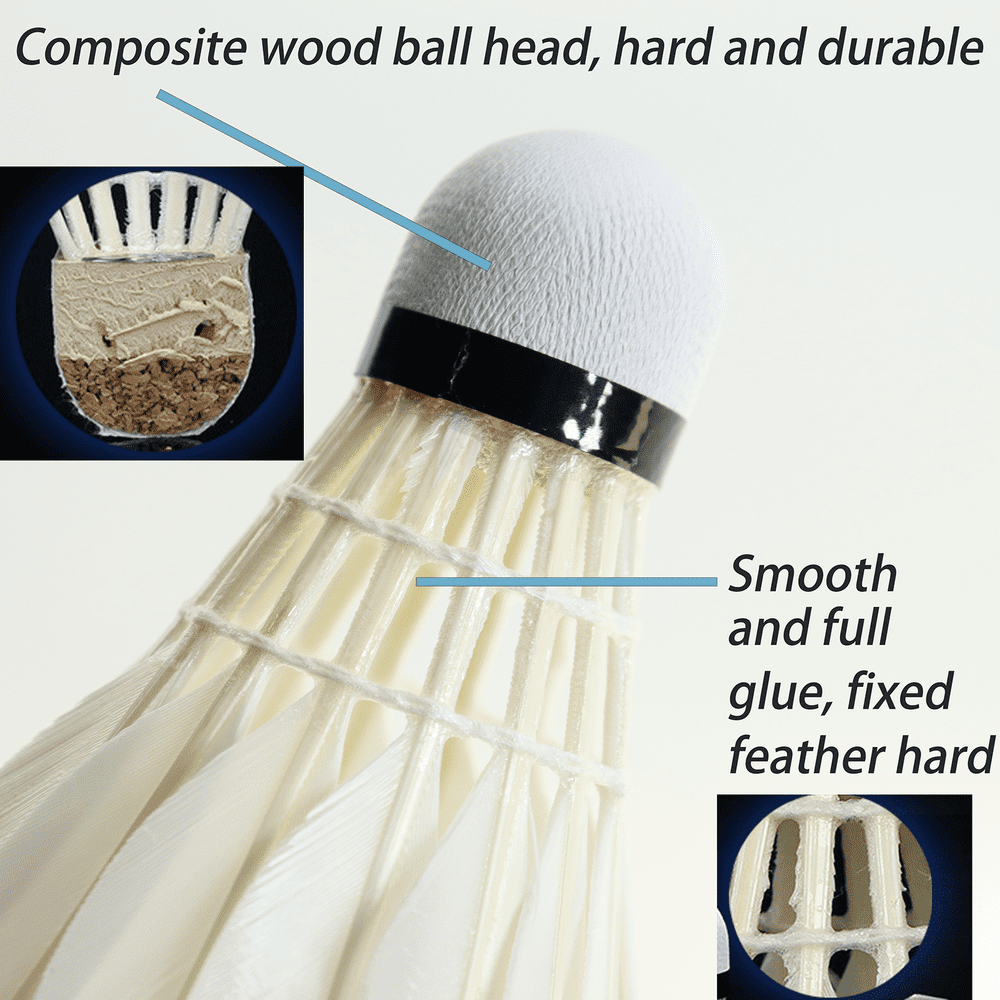
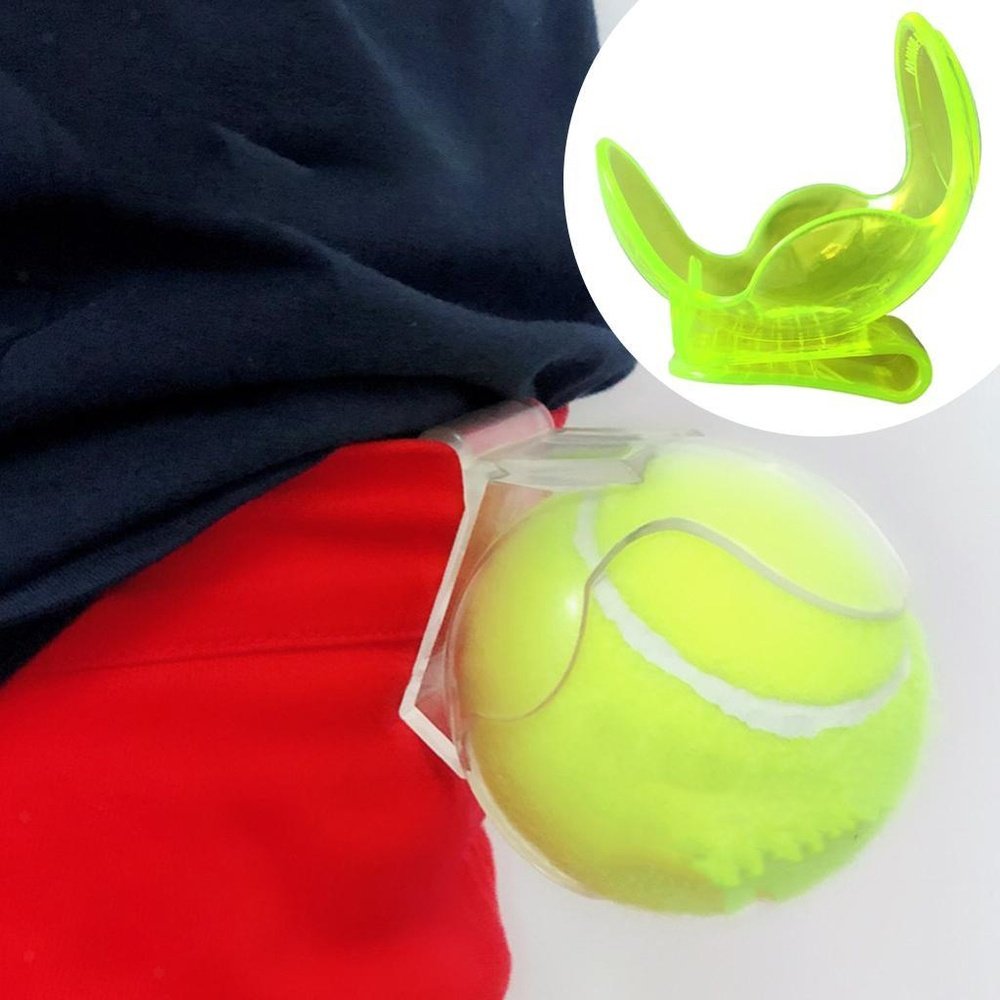
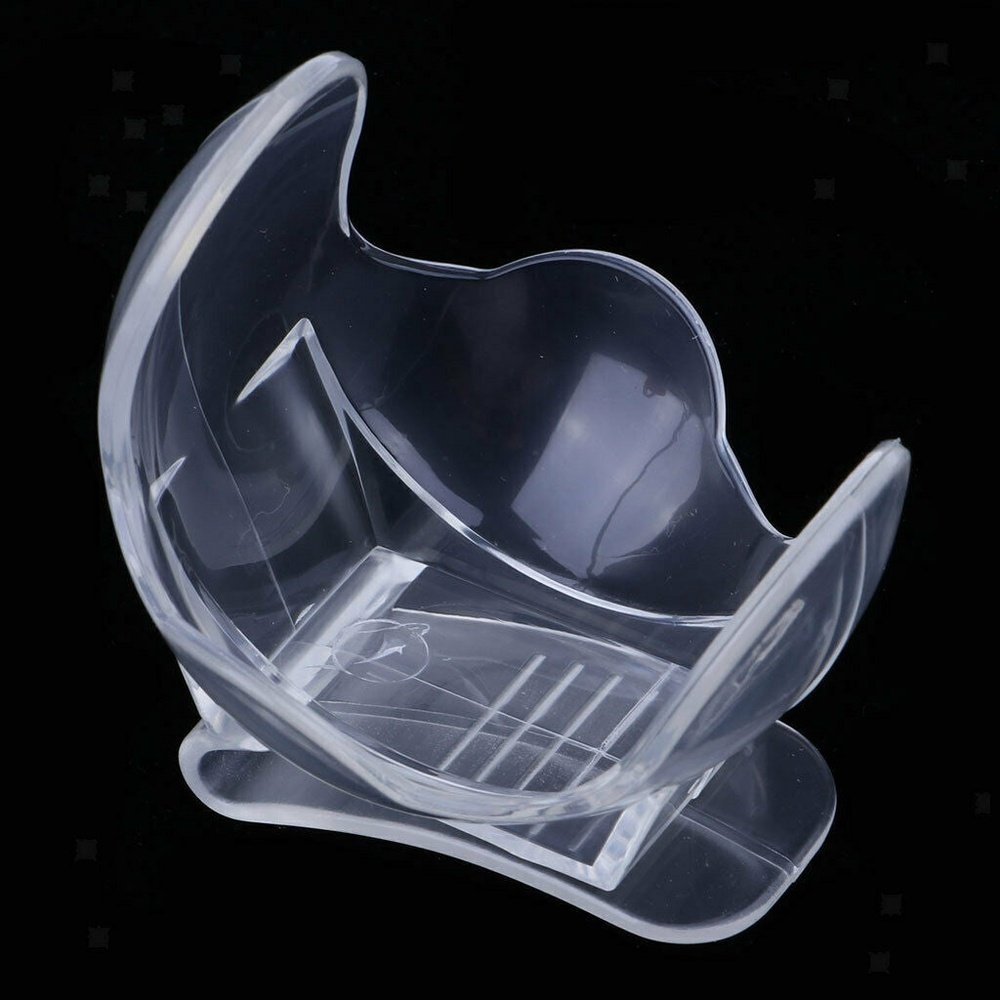
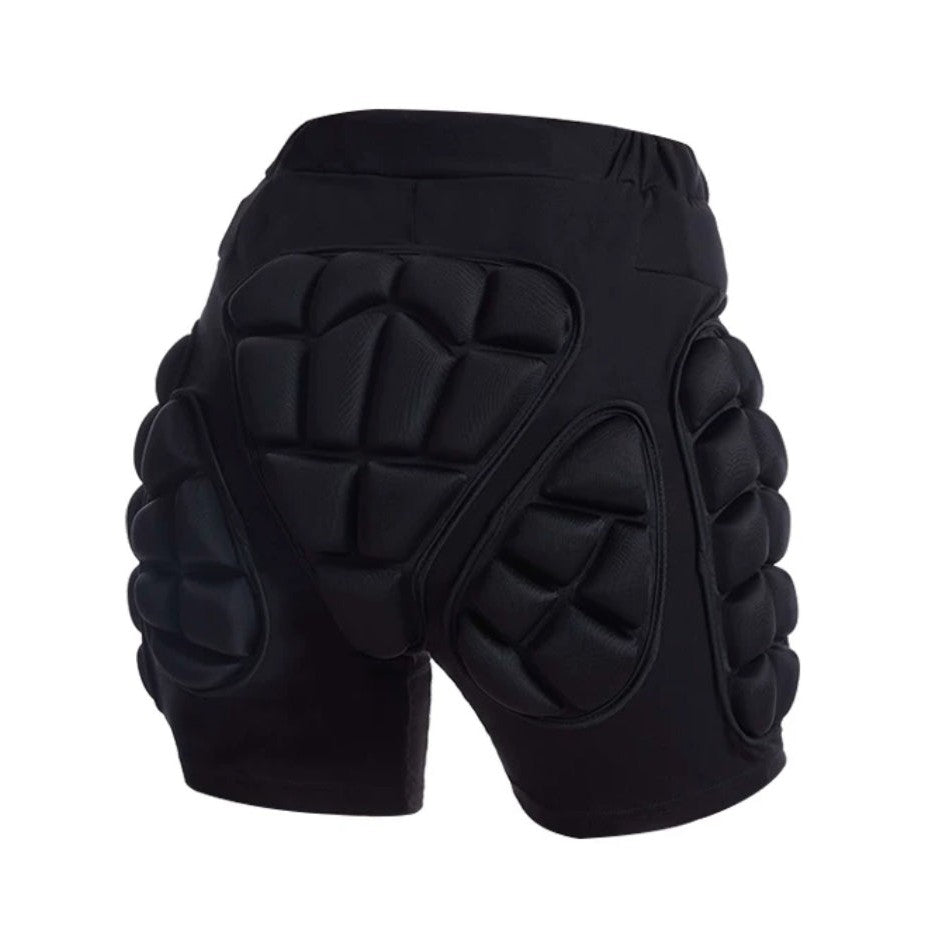
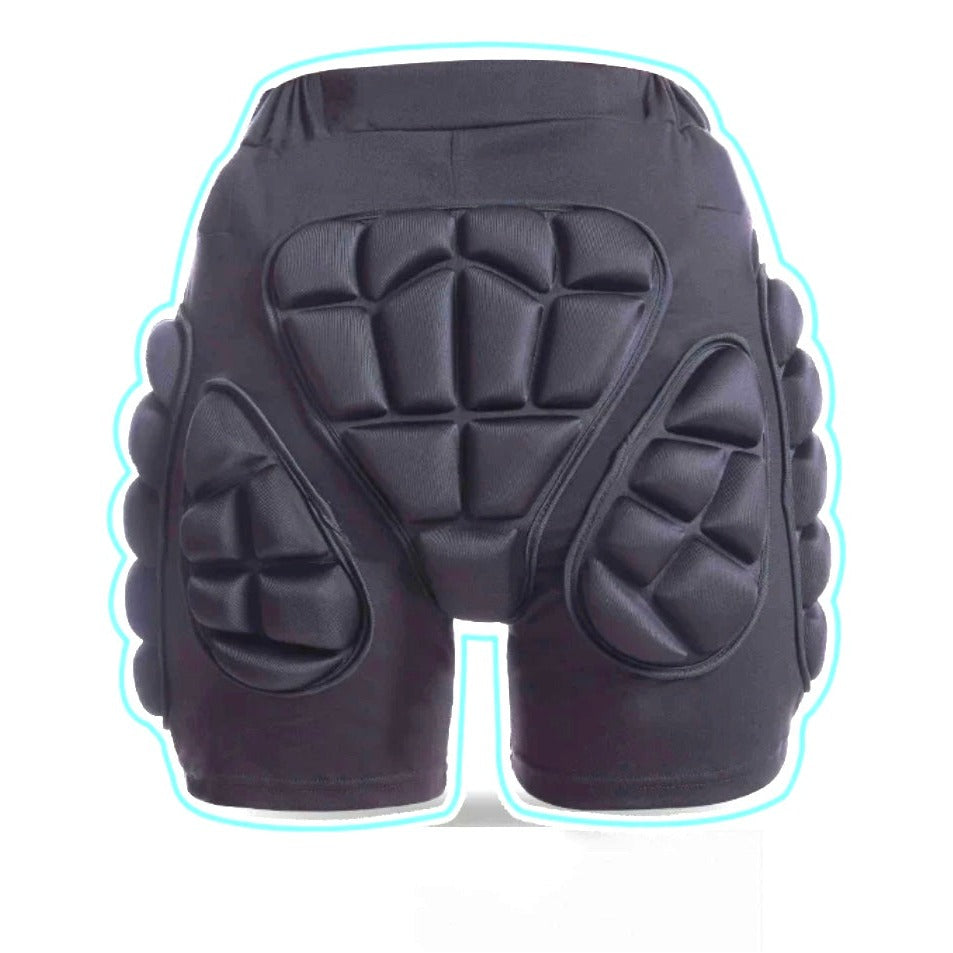
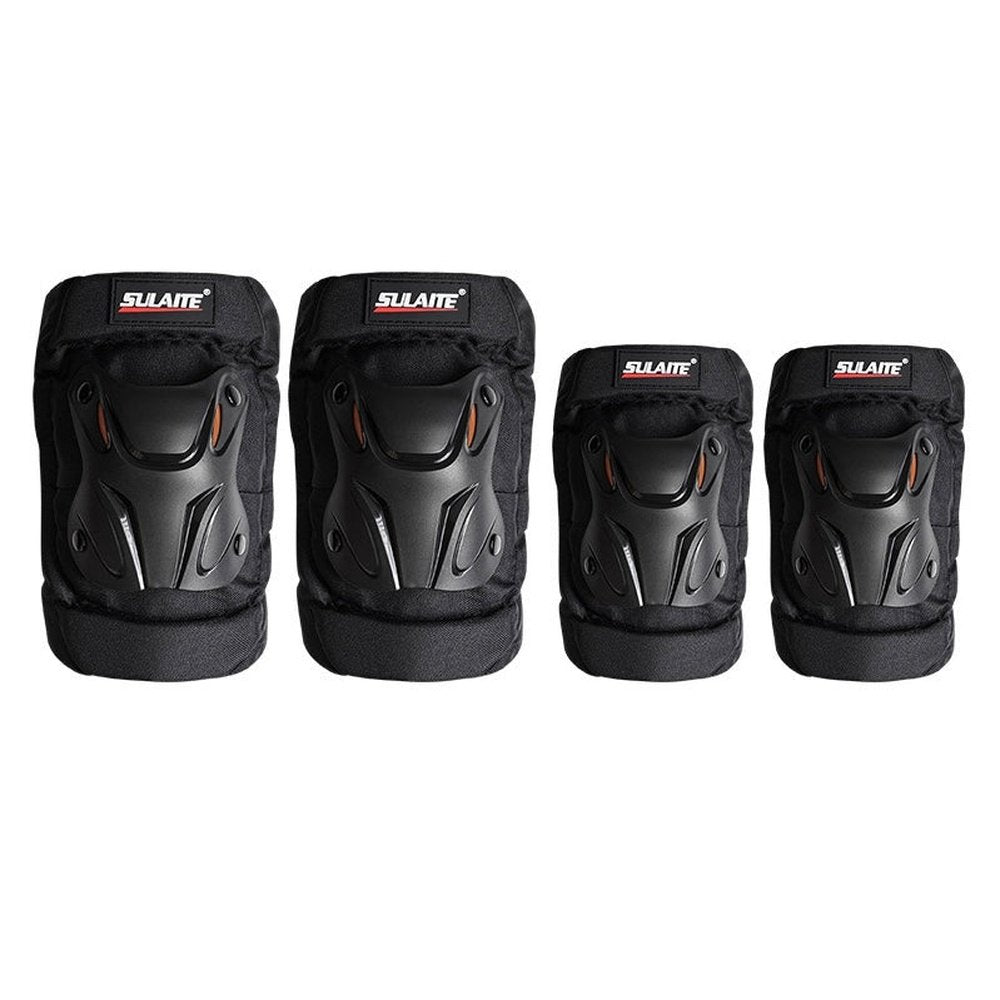
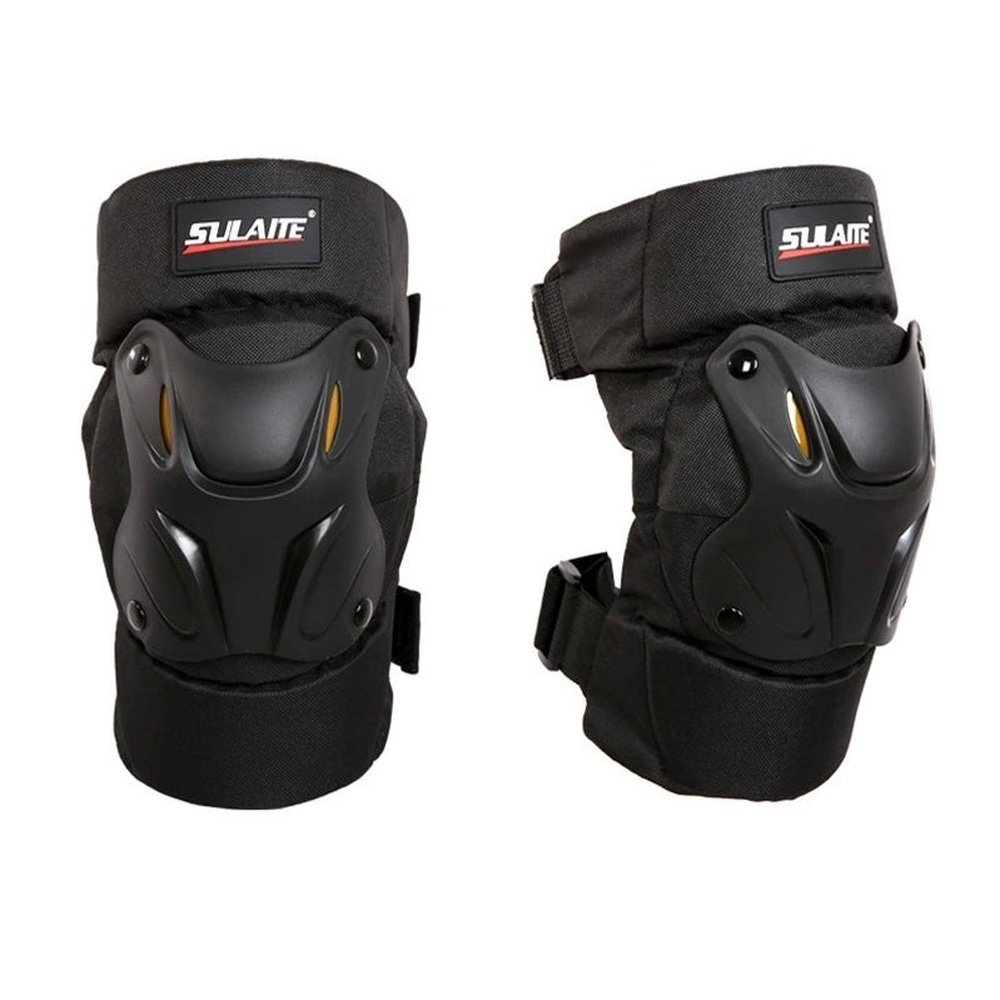
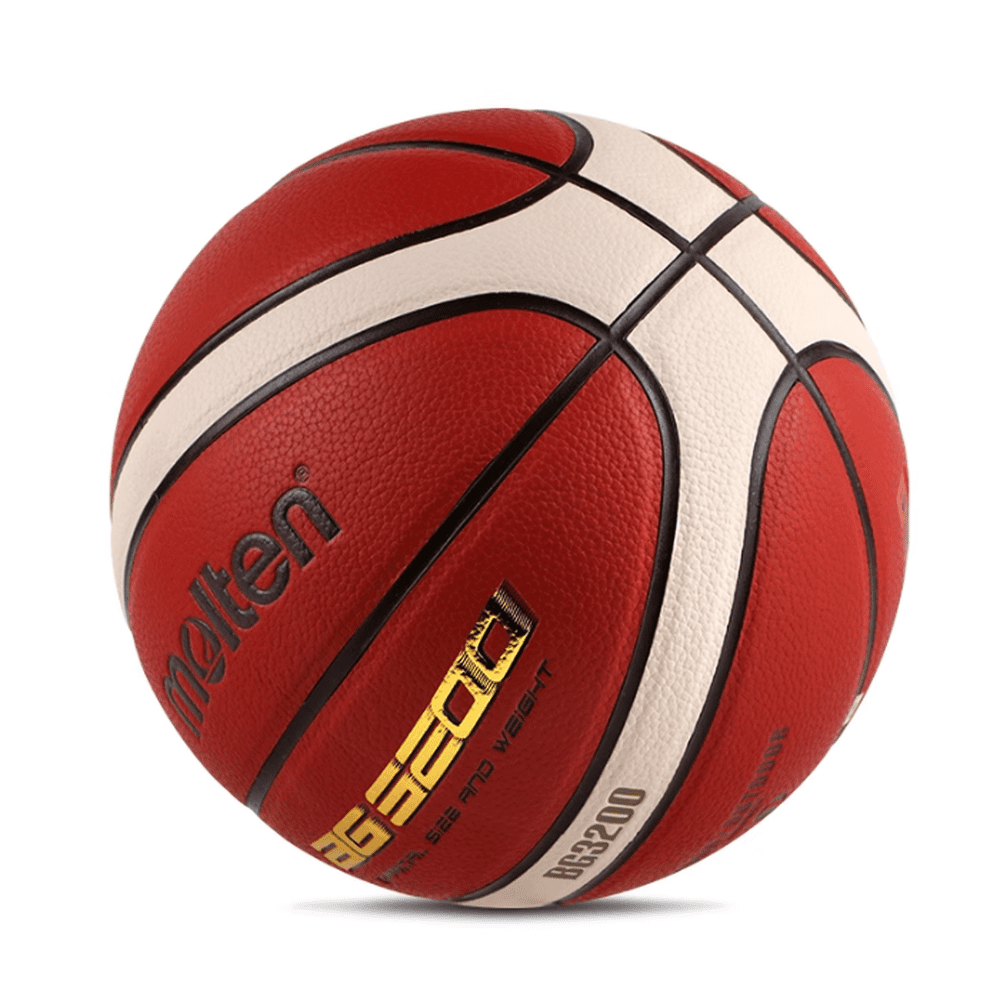
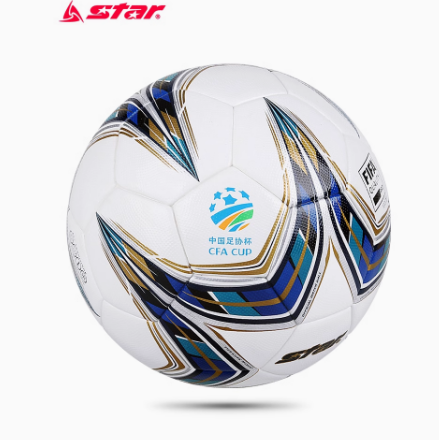
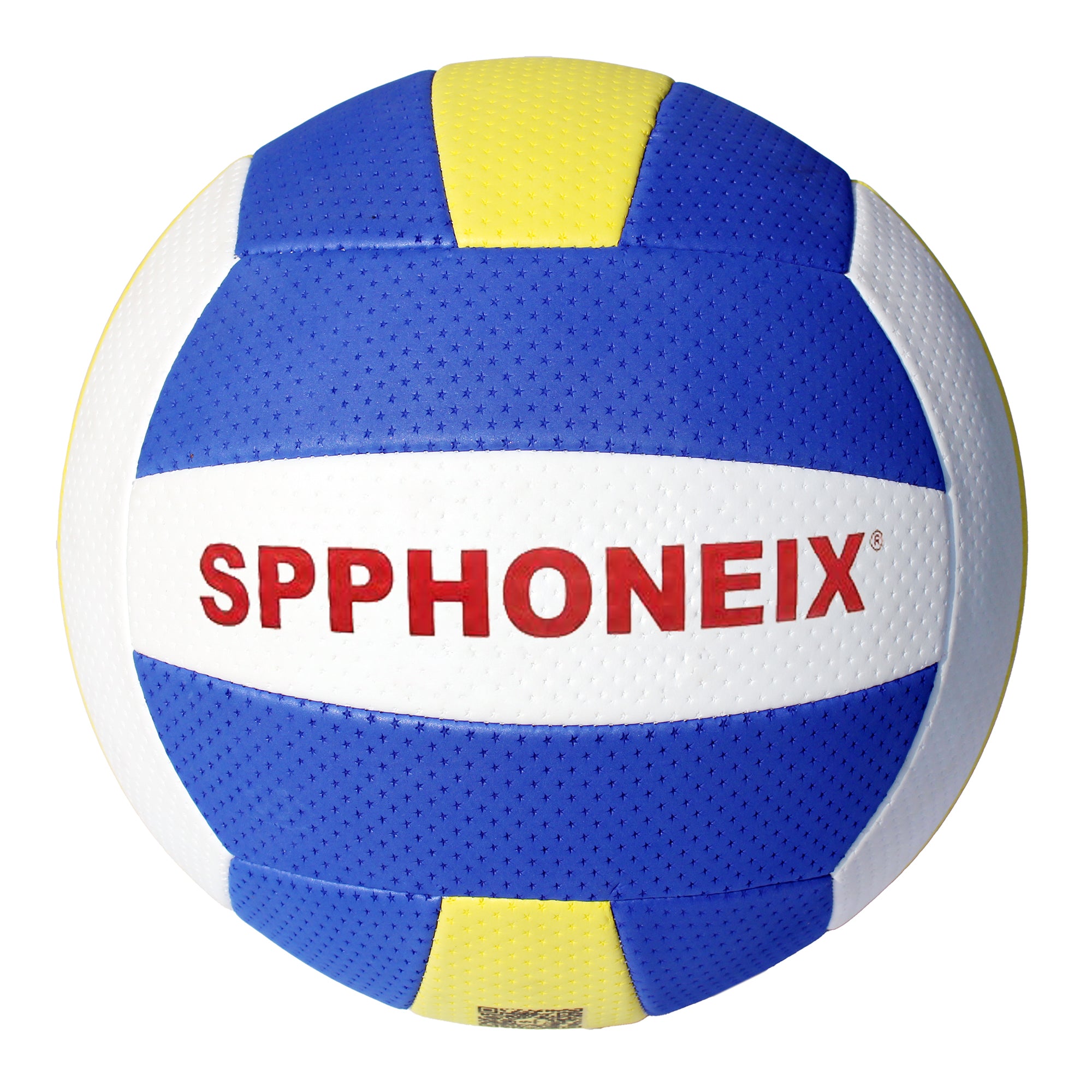
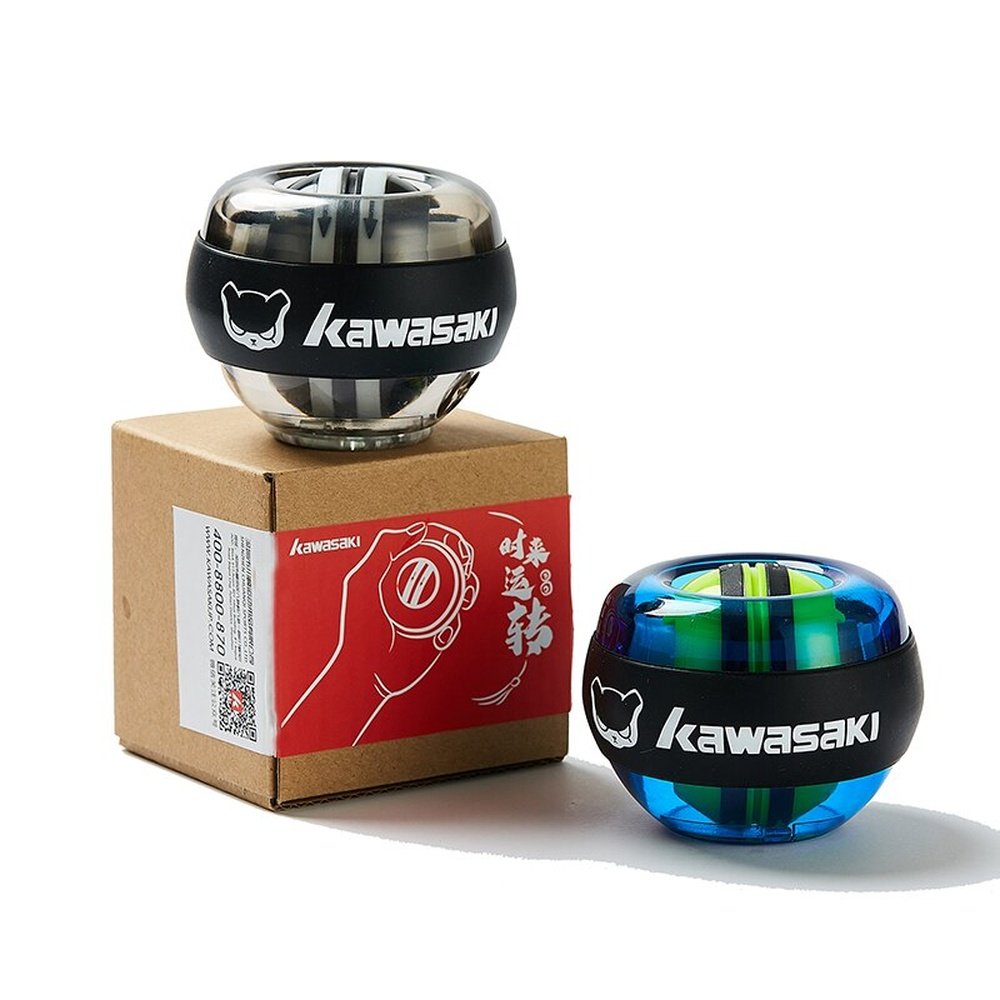
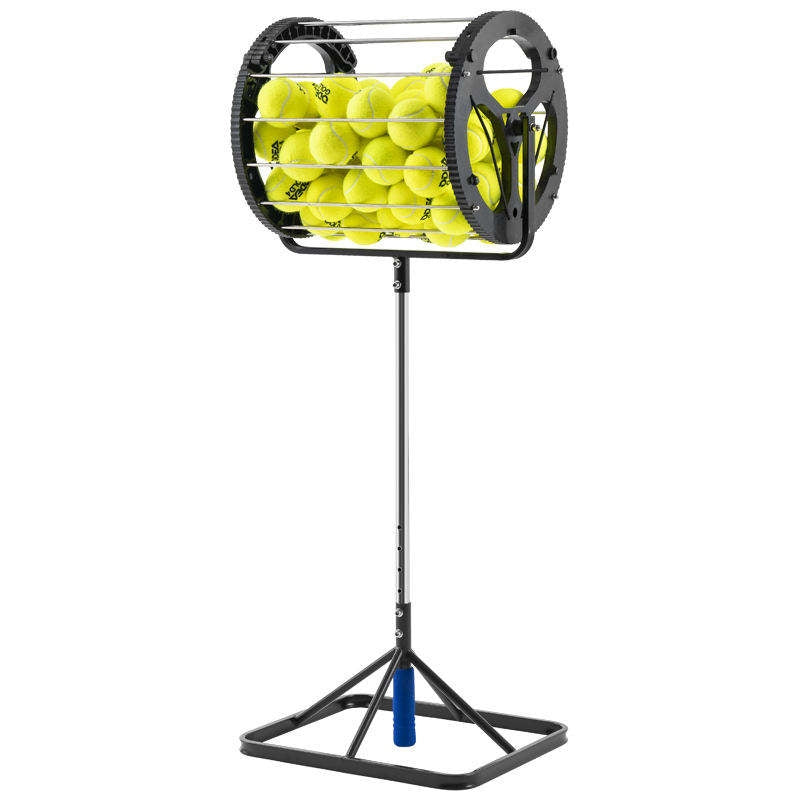
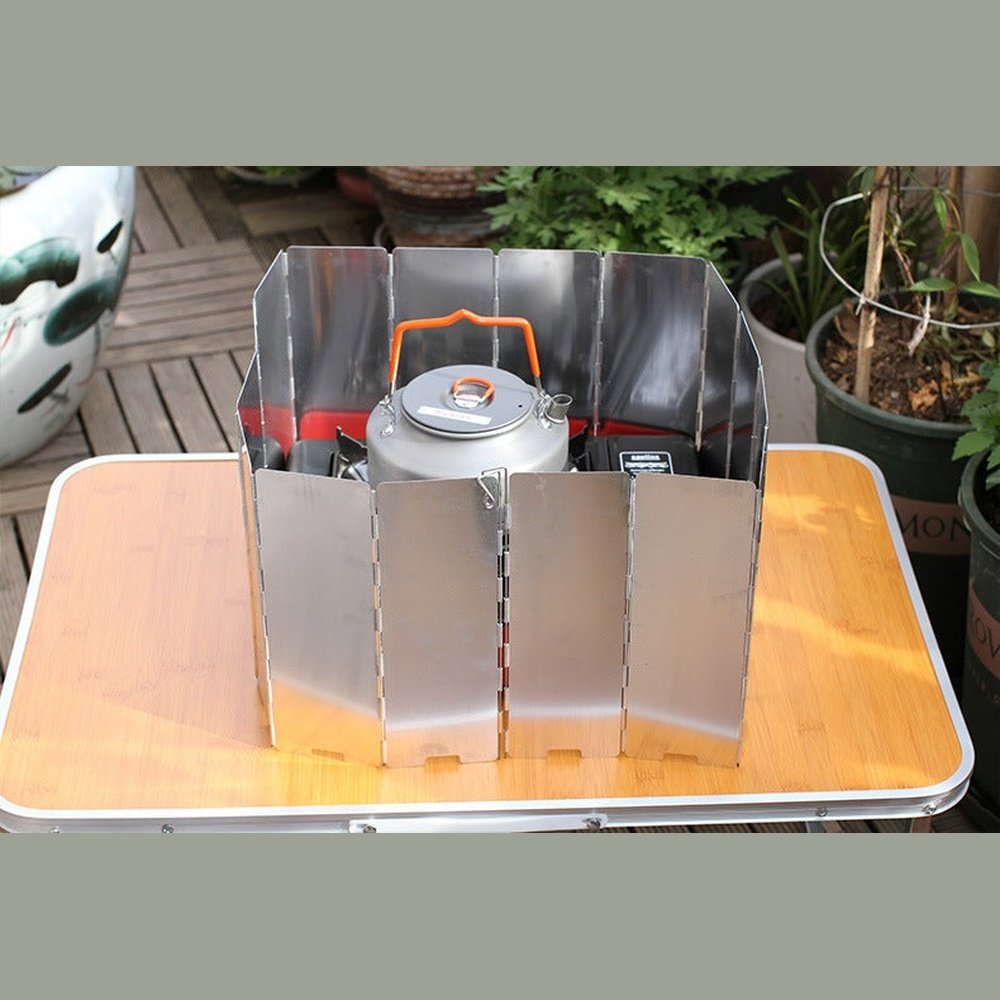
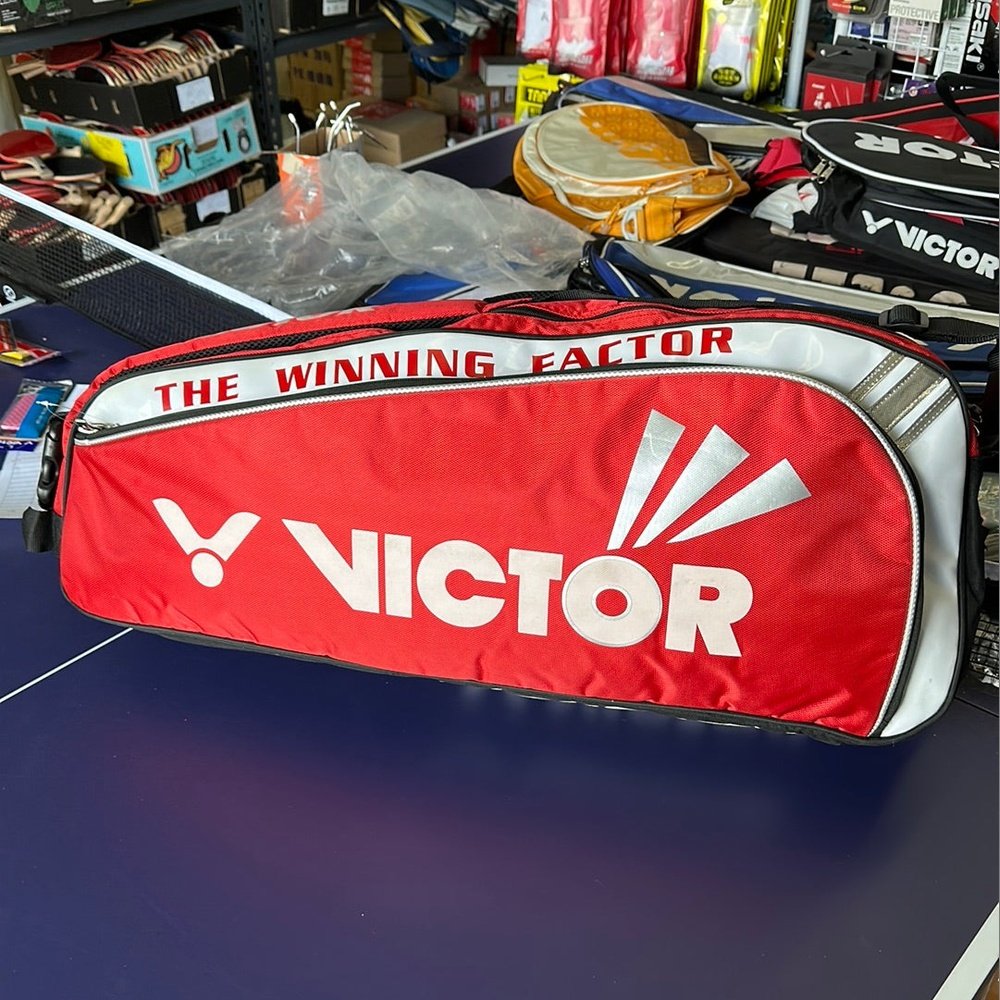
Leave a comment